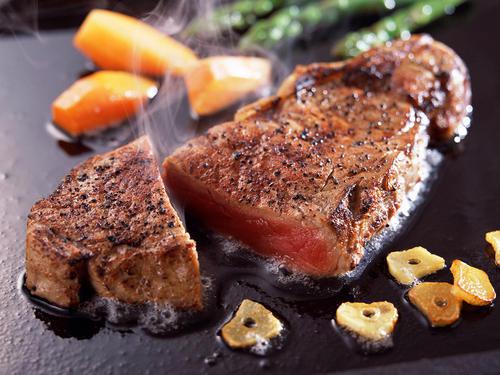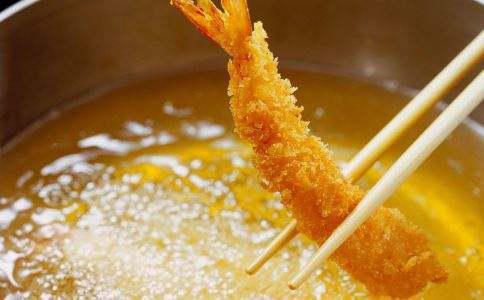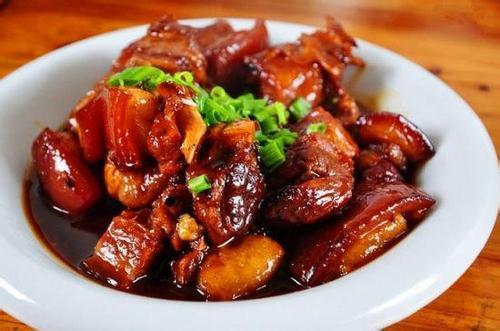Why do most foods lack fragrance before cooking, and even have an unpleasant fishy smell that becomes fragrant after cooking? This can be attributed to the Maillard reaction, also known as the non enzymatic browning reaction, which was developed by French chemist L C. Maillard proposed in 1912, which is manifested in the phenomenon of "browning" that occurs during the cooking of many foods, such as the Maillard reaction in the steak and bread we eat.

The Maillard reaction requires several conditions: protein, reducing sugars (glucose, fructose, maltose, galactose, etc.), high temperature, and less water. These conditions are very suitable for Western cuisine. Protein is mainly in the meat, reducing sugars are in soy sauce, and high temperature is suitable for frying, frying, and grilling. At this time, the stir fried dish is very fragrant.So in Chinese cuisine, boiling, steaming, and stewing are difficult to undergo Maillard reaction because Maillard requires a high temperature of 120 ℃, and the temperature at which water evaporates is 100 ℃. At this time, even if there is aroma, it evaporates with the water. So Chinese cuisine usually goes like this, first stir fry until fragrant in the pot, and then boil in water, so that the dish will be particularly fragrant.

For example, everyone likes to eat Braised pork belly, but before Braised pork belly is put into the pot, it is necessary to stir fry onions, ginger, garlic, sugar, pork, soy sauce (rich in maltose and glucose through enzymatic hydrolysis), start cooking, and then harvest the juice over the fire. At this time, the delicious Braised pork belly is very delicious.

Not all Maillard reactions are good, and some foods may also undergo Maillard reactions during storage to form unpleasant flavors. The most important factors are temperature and moisture, so all four elements that produce a good Maillard reaction are indispensable.
